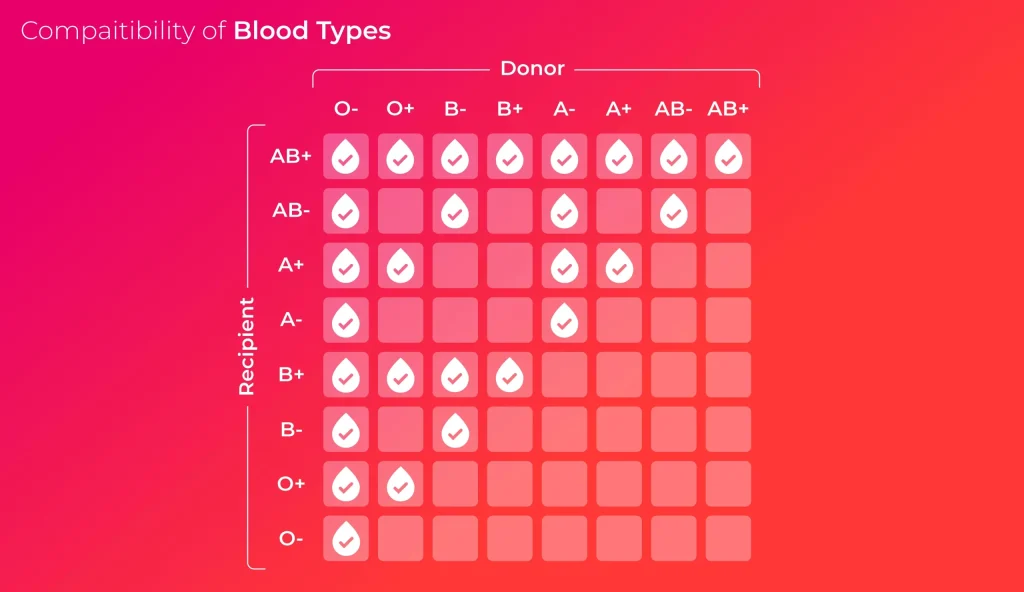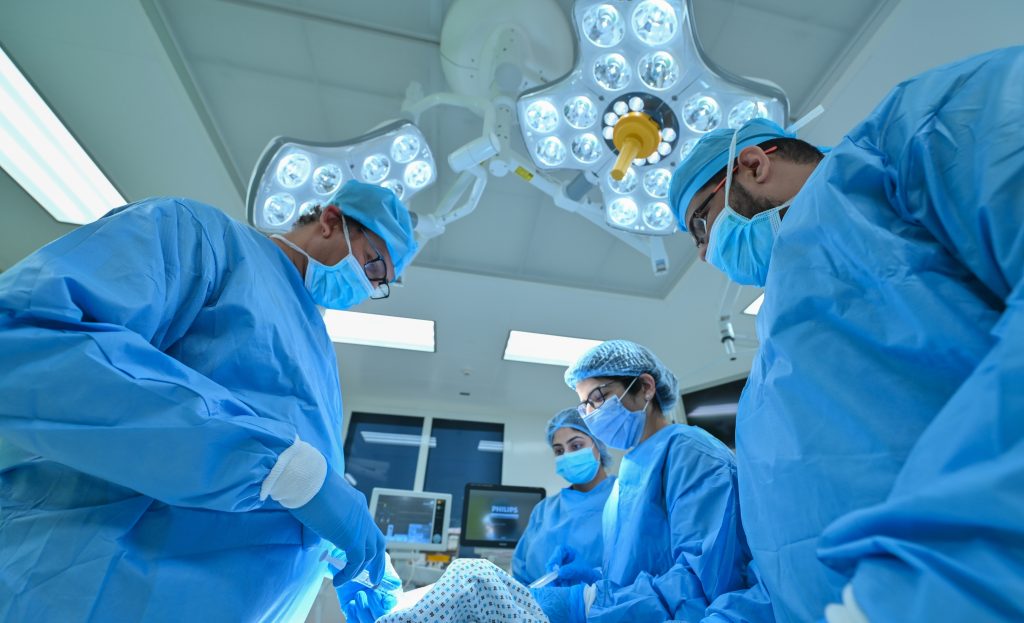Pediatric Hematology: Caring for Young Patients
Supporting young patients through pediatric hematology requires gentle communication, careful clinical judgment, and steady emotional awareness because families often face uncertainty while navigating complex conditions that begin early in life and require long-term coordination. What makes pediatric hematology emotionally demanding? Pediatric hematology brings unique emotional challenges for families. Children often do not fully understand what…
Read more










